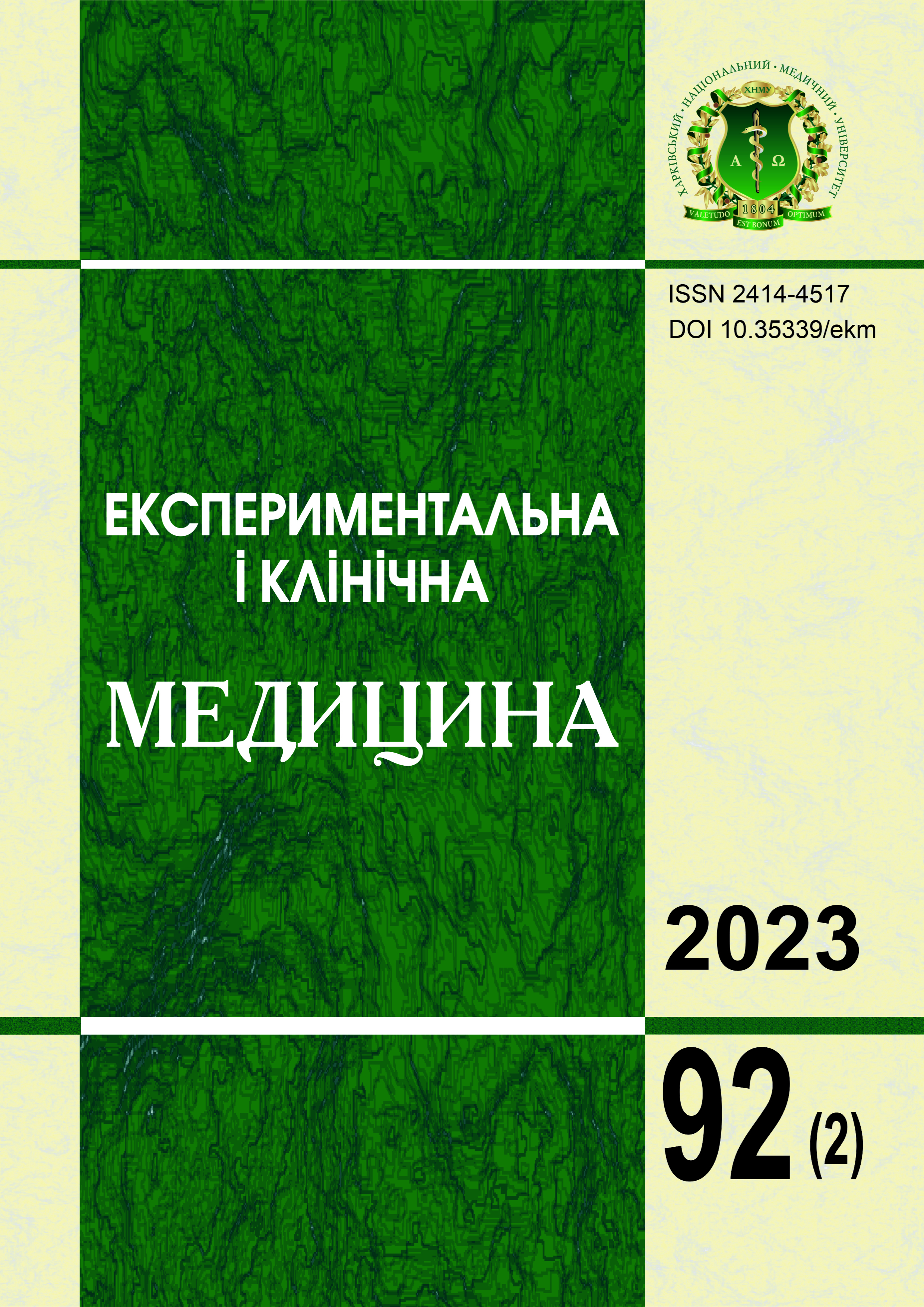Abstract
The purpose of the study was to evaluate the effectiveness of the developed physical therapy program based on the dynamics of indicators characterizing the psychosomatic status of women with an endoprosthetic hip joint who underwent cesarean section. The control group consisted of 19 women without endoprostheses of the joints of the lower limbs. The main group consisted of 9 women 1 month after childbirth, which took place by caesarean section. The developed program of physical therapy lasted 1 month. Therapeutic exercises were applied; functional training, proprioceptive neuromuscular facilitation; massage of lower limbs, back. Movement limitations associated with an incompletely formed scar after cesarean section and the presence of an endoprosthesis were taken into account; accordingly, safe strategies for movements related to child care were created. Indicators of physical (hand and standing dynamometry, PWC170) and psychoemotional (Edinburgh Postnatal Depression Scale) status were determined. During the initial examination, deterioration of the psychosomatic status was found in women with an endoprosthetic hip joint – muscle weakness (according to dynamometry), low physical capacity (according to PWC170), psycho-emotional depression (according to the Edinburgh Postnatal Depression Scale). During re-examination, the condition of women characterized the dynamics of physiological recovery after abdominal delivery and the effectiveness of the physical therapy program in women of the main group. The improvement in static dynamometry and static strength index in the control group was 14.7% and 9.9%, respectively, in the main group – 27.2% and 21.7%. According to the results of PWC170, the physical performance of women in the control group improved by 13.4 %, and in the main group by 41.5%. In the control group, the improvement of psychoemotional status according to the Edinburgh Postnatal Depression Scale in the control group was 32.9 %, in the main group – 38.8 %. Based on the results of the study, it was concluded that it is advisable to prescribe physical therapy in the complex recovery of women with an endoprosthetic hip joint who underwent cesarean section, to reduce muscle weakness, increase work capacity, and improve psycho-emotional status.
Keywords: rehabilitation, abdominal delivery, lower extremity joint endoprosthesis.
References
Sierra RJ, Trousdale RT, Cabanela ME. Pregnancy and childbirth after total hip arthroplasty. J Bone Joint Surg Br. 2005;87(1):21-4. DOI: 10.1302/0301-620x.87b12.16914. PMID: 15686232.
Oliviero A, Aicale R, Maffulli N. Pregnancy and parturition after hip arthroplasty. Surgeon. 2022;20(6):378-82. DOI: 10.1016/j.surge.2021.12.012. PMID: 35151600.
Kuitunen I, Artama M, Eskelinen A, Skytta ET, Huhtala H, Uotila J. Pregnancy outcome in women after total hip replacement: A population-based study. Eur J Obstet Gynecol Reprod Biol. 2019;238:143-7. DOI: 10.1016/j.ejogrb.2019.05.020. PMID: 31136883.
Lally L, Mandl LA, Huang WT, Goodman SM. Pregnancy Does Not Adversely Affect Postoperative Pain and Function in Women With Total Hip Arthroplasty. J Clin Rheumatol. 2015;21(6):323-5. DOI: 10.1097/RHU.0000000000000286. PMID: 26308354.
Giampreti A, Bacis G. Metal-on-metal hip prosthesis in pregnancy. Clin Toxicol. 2021;59(1):83-4. DOI:10.1080/15563650.2020.1783449. PMID: 32588665.
Grulli F, Lonati D, Ronchi A, Perotti F, Spinillo A, Locatelli CA. Management of high concentrations of cobalt and chromium in blood due to metal-on-metal hip arthroplasty in a pregnant woman. Clin Toxicol. 2021;59(1):72-3. DOI:10.1080/15563650.2020.1757694. PMID: 32336162.
Kuravska YuV, Aravitska MG. Еffectiveness of recovery of the psycho-emotional and physical status of women who have suffered a caesarean section by means of physical therapy. Art of Medicine. 2022;1(21):50-5. DOI: 10.21802/artm.2022.1.21.50. [In Ukrainian].
Kuravska Yu, Aravitska M, Churpiy I, Fedorivska L, Yaniv O. Efficacy of correction of pelvic floor muscle dysfunction using physical therapy in women who underwent Caesarean section. J Phys Educ Sport. 2022;22(3):715-23. DOI: 10.7752/jpes.2022.03090.
Aravitska MG, Duma ZV, Sheremeta LM, Danylchenko SI, Bila AA. Еffectiveness of physical therapy for the correction of limitation of life due to combined low back pain and pelvic girdle pain in women with dorsopathy of pregnancy in the postpartum period. Ukrainian Journal of Medicine, Biology and Sport. 2022;7(1):226-32. DOI: 10.26693/jmbs07.01.228. [In Ukrainian].
Cox JL, Holden JM, Sagovsky R. Detection of postnatal depression. Development of the 10-item Edinburgh Postnatal Depression Scale. Br J Psychiatry. 1987;150:782-6. DOI: 10.1192/bjp.150.6.782. PMID: 3651732.
Iwanowicz-Palus G, Marcewicz A, Bien A. Analysis of determinants of postpartum emotional disorders. BMC Pregnancy Childbirth. 2021;21(1):517. DOI: 10.1186/s12884-021-03983-3. PMID: 34284727.

This work is licensed under a Creative Commons Attribution-NonCommercial-ShareAlike 4.0 International License.

